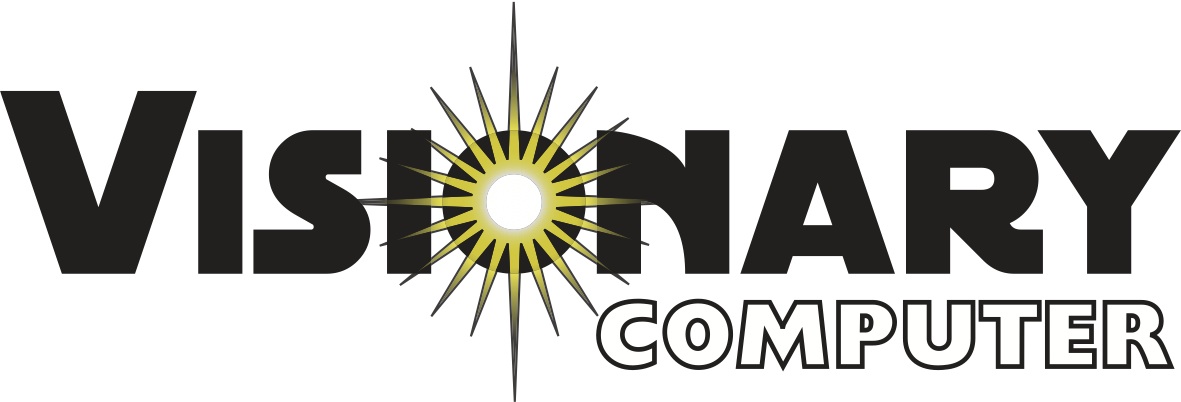Visionary's Big Sur Advice
/For the last 20 years, Apple has been using and improving macOS 10… but now, the operating system goes to 11! Big Sur is no minor update, but a major change which will pave the way for all of Apple’s future Mac software developments. Of course, change can be good, and I’m very pleased with the upgrade to Big Sur thus far: I’ve been running the beta versions for a few weeks now and I’m glad to say that, at least coming from Catalina, the upgrade did not introduce significant software compatibility issues for me. There were a few programs that needed updates, but it was nothing like last year’s Mojave-to-Catalina upgrade.
A broad generalization: if you’re coming from Catalina the upgrade is likely to be fairly smooth. Conversely, if you’re running something pre-Catalina, the upgrade is likely to require lots of new software to replace older, incompatible software. That won’t change or get better with time. If you’re pre-Catalina, the time has come to tear off the band-aid and move forward. However, Big Sur does ratchet up the hardware requirements, cutting off some older Macs. Click here for a full list of compatible machines.
If your machine is recent enough, your software is current, and you’re ready to run the future of Mac software, I’ve got just three tips to help make your upgrade as trouble-free as possible.
1.) Backup - You have got to have a full and current Time Machine backup of your Mac before you even think about upgrading to a new OS. While reverting to a previous system is not easy, at least it’s possible if you have a full Time Machine backup. Without one, you are going for a deep space walk without a tether. Time Machine is easy and automated: all you need is a backup drive of some kind. Make sure you have one (or stop in and pick one up, we’ve got plenty in stock) and then check to make sure yours is operating correctly before you take the next step.
2.) Approach - Customers often ask how much the OS costs and, like Apple’s done for years, the OS itself is a free upgrade. However there are some real costs you need to expect. First, it will take time to learn the new parts of the OS. That will have an effect on your productivity. Second, while the OS may be free, many updates from 3rd party developers may cost money. Be prepared for that, especially if you are using non-current versions. Finally, you may need support from us or others and that support will have a real cost. Approach the upgrade with the right attitude and you won’t have any unpleasant surprises coming.
3.) Wait - This is the hardest one on my list - we live in a world of instant gratification! However, waiting a few weeks is likely the very best general advice I can offer to customers. Within a few days, millions of early adopters will have downloaded and installed Big Sur, and they will no doubt uncover countless issues. Apple kept Big Sur in development a little longer than usual. As a result, the version is actually 11.0.1 - the first update happened before it even got released to the public. Nonetheless, I’d likely recommend most customers wait until 11.0.2 or even 11.0.3 comes out before upgrading. It’s not just bugs, waiting gives 3rd party developers a chance to test and update their software as well.
Reading all this may make you leery to proceed with the upgrade but there is lots of upside too. Many of the new features are enhancements that Apple’s been refining for years; it doesn’t alienate customers, it takes what they already know and just makes it better. The underlying technology is more robust and secure. There is greater parity with the iOS software so many of us use on our iPhones and iPads. And this new OS allows the new Apple Silicon M1 based Macs and Intel Macs work nearly seamlessly. Not sure what to do? You can always schedule a remote support call with my technical team for a personalized evaluation of your upgradeability at minimal cost.
Enjoy!
David Maffucci
Visionary Computer



